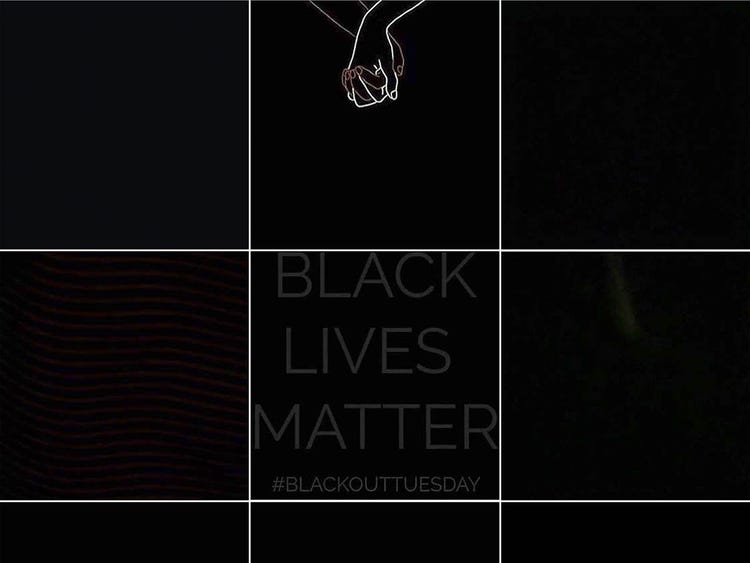A Sea of Black Squares: What went wrong with Blackout Tuesday?
On June 2nd, 2020, numerous black squares infiltrated Instagram, Twitter, and other social media platforms. This was Blackout Tuesday, a protest in response to the rising police brutality and murder of George Floyd and Breonna Taylor. Initiated by the music industry to halt business for a day of reflection, the movement was soon adopted by celebrities and ordinary citizens—all posting black squares under the hashtag #BlackoutTuesday.
However, in retrospect, Blackout Tuesday did more harm than good.
Each post added to the growing pool of black squares, drowning out the helpful resources listed under the hashtag. “Posting black boxes on Instagram and hashtagging Black Lives Matter is rendering the hashtag useless,” wrote musician Tatianna in a Twitter post. Even Brianna Agyemang and Jamila Thomas, the founders of Blackout Tuesday, clarified that the purpose of the movement was to disrupt, not mute vital information.
But Blackout Tuesday quickly shifted from a movement dedicated to showing solidarity to a social media trend. It gave people the chance to practice performative activism, or the act of supporting causes to flaunt one’s moral compass. This practice is marked by little commitment to the social causes being promoted, mirroring the surface level activism of Blackout Tuesday.
Although these posts did spread awareness for Black Lives Matter, the degree of activism for many individuals stopped at social media. According to Yale Daily News, 28 million black squares were posted on Instagram, but only 13 million signatures were on the petition to arrest the cops involved in George Floyd’s murder. It seemed as if merely posting a photo tagged #BlackoutTuesday was enough for people.
It wasn’t long until many people deleted those black squares and moved on, as if the injustice against Black Americans could be erased. But police reform can be traced back to 1967. The New York Times reports that the Kerner Commission, under the presidency of Lyndon B. Johnson, worked to “investigate the causes of uprisings and rioting” and “improve the relationship between the police and black communities.” Further behind police brutality lies the racism against black Americans that is embedded deep into the roots of this country. Decades of prejudice against the black community isn’t something that can be reduced to a social media bandwagon; it’s more than just a trend.
However, it’s understandable that not everyone can afford to donate to charities or buy from black-owned businesses—especially during a global pandemic. But further educating yourself about the issues at hand can be more beneficial than any shallow display of support on social media. Sharing resources to those who can donate, signing petitions, and renouncing retail chains that are against BLM are all ways to actively help the black community.
(she/her/hers)
Claire Kim is a senior and an editor at the Shaker Bison. She is also a member of Tri-M and Wind Ensemble. Outside of school, Claire...


